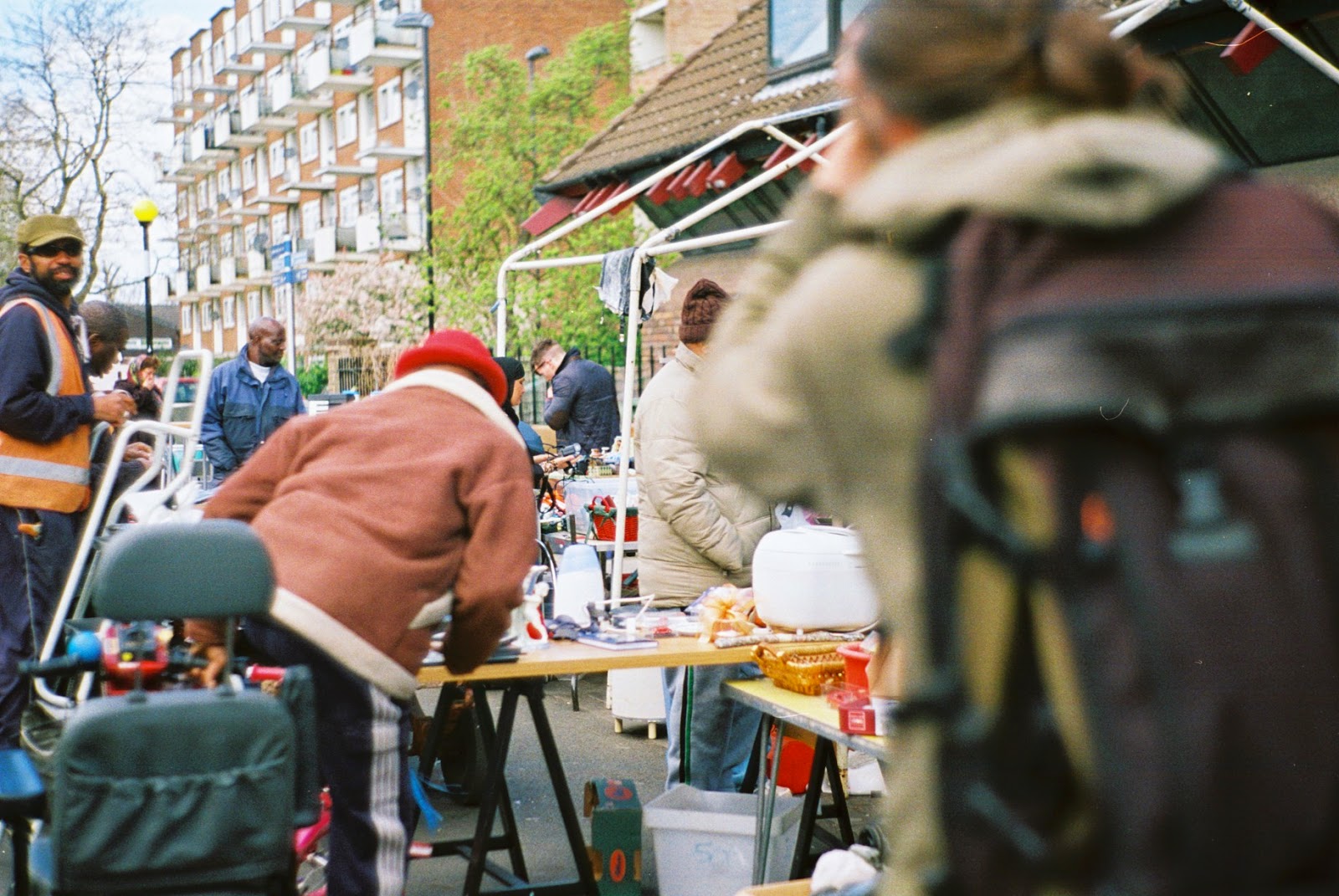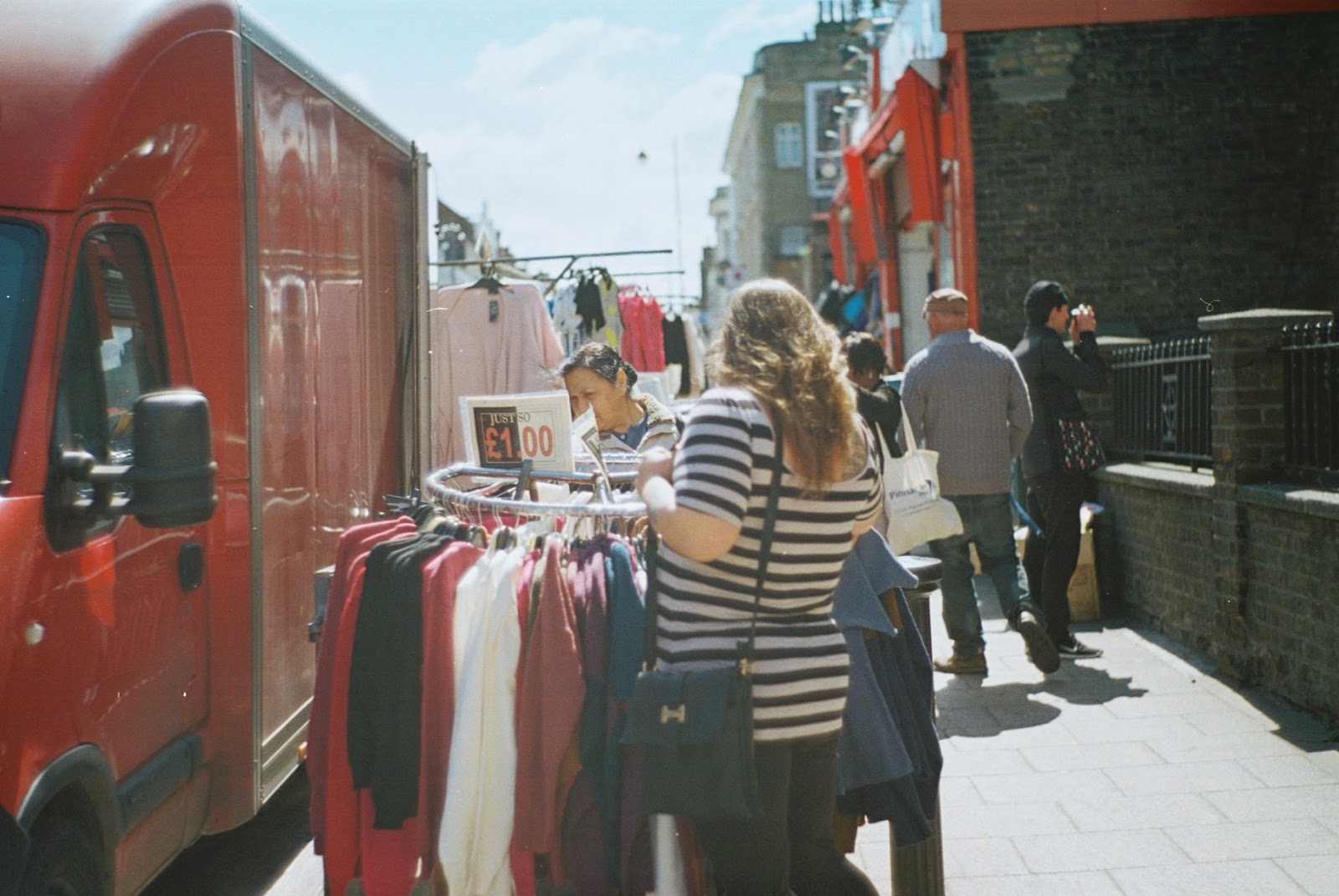ART & DESIGN PROJECT PROPOSAL & REALISATION
University for the Creative Arts
School of Further Education
Epsom
UALAB Foundation Diploma in
Art & Design – Foundation Studies 2014/2015
Foundation
Centre Name
|
University for the Creative Arts,
Epsom
|
Centre Number
|
10006427
|
Candidate Name
|
Madeleine Spencer
|
Candidate Signature
|
|
UALAB
Reg. No:
|
|
Project Proposal Title
|
The revival of the repressed
community.
|
Date
|
27.02.15
|
Pathway
|
Media, Photography
|
Project Proposal: Guidance
for Candidates
- In producing the Project Proposal, and in
preparing for the Art & Design Project Proposal and Realisation, you should
familiarise yourself with Unit 7 of the qualification.
- In particular you should understand the
Assessment and Grading Criteria, which will be used to determine standards
of achievement.
- Unit 7 requires that you produce a project
proposal of about 500 words, excluding the project plan and bibliography.
Project Proposals should not be so succinct that they do not address the
requirements listed below nor should they be excessively long and
unfocussed.
The Project Proposal must be
word processed and presented under the headings listed below
Tutor Signature
|
Date
|
Section 1: A
review of progress and achievement through parts 1 and 2 of the course
Studying
a foundation in Art and Design at UCA Epsom has expanded my knowledge and
skills not just within the art of photography but has also helped me test my
skills in other art formats. It has opened my eyes to the larger scale of art
forms and how they can be incorporated in my photography. To begin with I was
unsure on what pathway I would choose, however, having studied Photography at
A-level and often taking photos in my spare time, I felt that expanding and
building upon the skills I already had was my reason to choose photography. I
have learnt how to develop my own black and white film using the darkroom,
make a pinhole camera, expand on my Photoshop knowledge and overall learn
about the practice of photography.
|
Section 2: Project concept
I am
going to look at communities around London through the marketplace. I also
want to look at the shifting dynamics of council housing projects through the
years, and document the lives of the people living in these dwellings. My
reason for this is that ‘the Other’ fascinates me; I find the lives of people
that are different and alien to me intriguing. Therefore, I want to document
their lives, especially those living around me. I will look into the concepts
of Exoticism and Orientalism, as well as researching the communities that
reside in London. I look to present my work as a series of images, in a
storytelling manner, these images may include portraits of people from these
different places as well as photographs of the buildings and architecture
that surround the communities. I will be working on 35mm colour film as this
allows me to think about the pictures composition and make sure I’m
photographing something substantial and what truly reflects my concept. The
images are also latent in comparison to digital; taking a good photograph on
film takes time and skill as you want that one image to come out perfectly. I
will be researching into other artists that have looked at this idea of ‘the
Other’ as well as other documentary photographers, as well as documenting my
ideas and plans for he project in a reflective diary.
|
Section 3: Evaluation
I will be continuously critically analysing my
work as well as the work of other artists. I will do this through constantly
asking my peers, family and friends for their opinions on my work and also
ask their opinion on how I can improve anything. I will also regularly attend
CRITS in which my classmates will critically evaluate my work and tell me
what they think works best, therefore allowing me to progress through the
project. I will reflect upon my project at the end by referencing the project
aims and reflect upon the learning I have done.
|
APPENDIX
1: Bibliography (Harvard Format):
Provides an opportunity to formally record
the research sources that you have used. You should record your initial
research sources for the project proposal.
· 10/01/2015, "A summary of countries of birth in London". Census
Update (Office for National Statistics) 2011: page 1.
· 10/01/2015, http://en.wikipedia.org/wiki/Other, Said, Edward W. Orientalism. 25th Anniversary Edition. New York:
Pantheon Books, 1978. xviii. Print.
· 12/01/2015, http://en.wikipedia.org/wiki/Exoticism
· 12/01/2015,
· 12/01/2015, https://books.google.co.uk/books?id=7TpyBgAAQBAJ&pg=PA272&lpg=PA272&dq=exoticism+in+photography&source=bl&ots=9_p-D2pInG&sig=xcQMjKkCe4966vBRdRDB6jMINhU&hl=en&sa=X&ei=IIkvVZLbDsLcaMq8gNgL&ved=0CDEQ6AEwAw#v=onepage&q=exoticism%20in%20photography&f=false
· 12/01/2015,
http://fashionorientalism.blogspot.co.uk/2009/05/exoticism-and-fashion-photography-essay_10.html
· 15/01/2015, http://en.wikipedia.org/wiki/New_Malden,
· http://www.kingston.gov.uk/browse/environment/parks/recreation_sites/beverley_park.htm
· 20/01/2015, GCSE History of Shepherd's Bush, West 12 Official Site
· 27/01/2015, http://www.danielstier.com/
· 27/01/2015,
http://www.vice.com/en_uk/read/daniel-stier-in-my-country-traditional-costumes
· 3/02/2015, Sinful Streets
of London (map and guide book), published in 1983
· 7/02/2015, http://en.wikipedia.org/wiki/Sophie_Calle
· 7/02/2015,
http://openfileblog.blogspot.co.uk/2011/02/sophie-calle-paul-auster-gotham.html
· 8/02/2015, http://en.wikipedia.org/wiki/Norbiton
· 8/02/2015, "housing estate". Oxford English Dictionary (3rd ed.). Oxford University Press.
Note the example in a 1923 book by Francis Longstreth Thompson, Site planning in practice; an investigation of the principles of
housing estate development
· 16/02/2015, Open University,
http://www.open.edu/openlearn/history-the-arts/history/heritage/roehampton-alton-east-alton-west-estates
· Modern Architecture London, http://modernarchitecturelondon.com/pages/alton-east.php
· 16/02/2015, http://www.bbc.co.uk/programmes/p01rtkbd
· 8/03/2015,
http://www.guidetofilmphotography.com/glossary-a.html
· 8/03/2015,
http://en.wikipedia.org/wiki/Analog_photography
· 11/03/2015, http://www.bbc.co.uk/programmes/b01jt9zh
· 12/03/2015,
http://www.theguardian.com/tv-and-radio/2014/jul/25/the-secret-history-of-our-streets-tv-review
· 12/03/2015,
http://www.independent.co.uk/arts-entertainment/tv/features/bbcs-the-secret-history-of-our-streets-reveals-a-fascinating-window-into-britains-past-9627276.html
· 12/03/2015,
http://www.letmewatchthis.club/tvshows/tv/watch-2750241-The-Secret-History-of-Our-Streets
· 14/03/2015, Deptford High Street Market". National Market Traders Federation,
"London's Best Markets -
Time Out London"
· 15/03/2015, http://en.wikipedia.org/wiki/Deptford, Deptford, Old and New London:
Volume 6 (1878), pp. 143-164
· 15/03/2015, Greenwich 2000 "Greenwich England: Deptford"
· 24/03/2015,
http://en.wikipedia.org/wiki/List_of_markets_in_London
· 31/03/2015, "John Gay - Blackpool 1949"
· 31/03/2015, "John Gay's photographs of Blackpool at the Grundy
Gallery". 24 Hour Museum.
· 31/03/2015, http://www.telegraph.co.uk/culture/culturepicturegalleries/4388198/John-Gay-England-Observed-photographs-of-post-war-Britain.html
|
APPENDIX 2: Project action
plan and timetable
Provides
an opportunity to outline the sequence of actions necessary to progress the
project over a period of weeks so that it may be brought to a successful
conclusion within the agreed timeframe. It is important that you consider how
you will balance ambition, time and realism in the organisation and realisation
of the project.
Week 1
19/01/15
|
Research into ‘the other’ and different communities around
London.
|
Week 2
20/01/15
|
Photoshoots in New Malden and Shepherds bush, continue
research into these places.
|
Week 3
02/02/15
|
Artist research and work on the Toolkit. Photoshoot in
Soho and research into the area.
|
Week 4
09/02/15
|
Photoshoot at the Cambridge estate in Kingston, research
into the area and continued research into artists. Research into Council
estates around London.
|
Week 5
16/02/15
|
Various photoshoots around London of Council estates and
their architectural style.
|
Week 6
23/02/16
|
Research into Alton East Estate in Roehampton. Take
photographs there.
|
Week 7
02/03/15
|
Research on Deptford in south east London. Take
photographs there on the Olympus trip, start to include portraits of people
as well as the architecture around the area.
|
Week 8
09/03/15
|
Look into the documentary ‘The secret history of our
streets; Deptford High Street’. Continue research into Deptford. Re-watch the
secret history of our streets and take printscreens. More artist research.
|
Week 9
16/03/15
|
Final shoot at Deptford, take pictures of the places
featured in ‘The secret history of our streets’, also take more portraits of
people on Zorki camera, try and ask people about their experience of living
in Deptford.
|
Week 10
23/03/15
|
BEGIN SHOW BUILD
|
Easter Break
23/03/15
|
TWO WEEKS
|
Week 11
13/04/15
|
Continue Show build
|
Week 12
20/04/15
|
Final Submission of all PART 3 UNIT 7 Work
|
Hanging of work and final exhibition preparation. All
students to be involved. ( you pathway tutors will inform you of the dates)
Studios will be deemed ‘out of bounds’ for Assessments Weeks
( you pathway tutors will inform you of the dates)
Private View Friday 5th June.
Your Exhibition will be open to the public from Monday 8th
June – Friday 12th June
Work to be
taken down Monday 15th June. We are unable to store work so any work
left after that date will be disposed of.
Health
& Safety Information
This information has
been compiled for your Health & Safety and should be read carefully.
It is intended to provide you with a reference device to enable you to
carry out your projects safely.
Health
and safety is not just about avoiding accidents. Neither is it solely about
taking care of yourself. Awareness of Health and Safety means acting
responsibly and in a professional manner. Essentially, it is about being aware
of dangerous situations by possessing respect for your environment.
Everyday we use materials that
may cause accidents or hazards, they can range from paper cuts, to an accident in a workshop. The majority of
these accidents are caused through an over familiarity when using equipment or
materials.
The basic rules are:
• If you
are unsure of a procedure or material test which you want to carry out for your
project then consult a technician or lecturer.
Risk = A
source of danger ;a possibility of incurring loss or misfortune;
Hazard = Dangerous, perilous, uncertain.
“drinking alcohol is a health hazard’.
You Should make a list of potential things that may have the potential to cause harm i.e. electricity,
hazardous substances, work at height etc.
Here is a simple test
you can carry out to assess a risk or hazard;
1. How
severe is any injury or health effect likely to be?
Tick one box
|
Minor X
1
|
Moderate
o
2
|
Major/Fatal
o
3
|
2. How is exposure to the hazard for you or
someone else likely to be bad?
Tick one box
|
Unlikely
X
1
|
Likely o
2
|
Very
Likely o
3
|
3.
Calculate the risk score by multiplying the 2 scores in Q1 & Q2
|
Low X
1-2
|
Medium o
3-4
|
High o
6-9
|
Risk category (including
supervision) tick box:
HIGH Work must not be started without consultation
with your Pathway tutors or Technicians. Direct supervision by one of your
pathway lecturers or technician must be
arranged.
MEDIUM Work
must not be started without the advice and approval of those named above.
X LOW Work may proceed because there are no
significant risks and no special supervision is required.

























